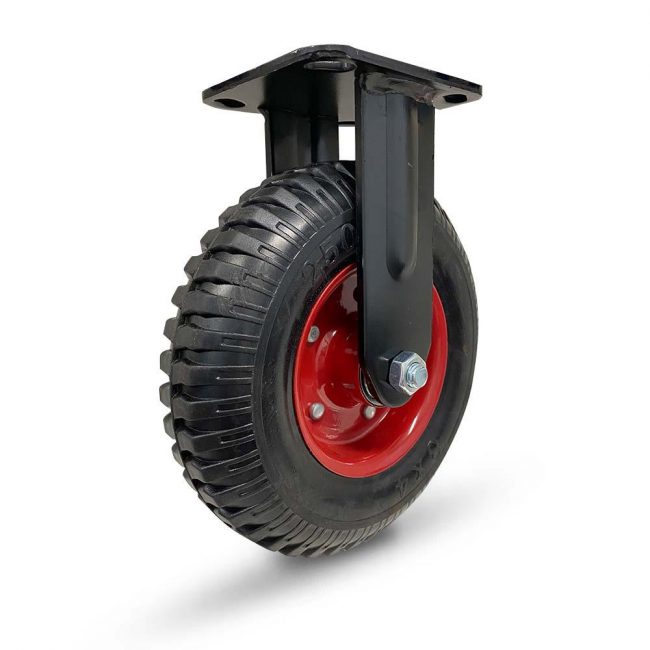
Most of you might not know the difference between a caster and a wheel. You might think that both of them are the same, especially if you are a novice buyer. However, the truth is that a caster is more than a wheel. When it comes to finding a certain product, knowing the specific name is what will get you the suitable material. You must know the function of each part of castor wheels to recognize the difference between the two. Only then will you be able to instil better efficiency.
In this article, you will learn about the difference between casters and wheels.
Wheels
In simple terms, wheels are round on one end and flat on the other that spin on an axle. Because of its structure, it can roll. This can either allow the wheel to move or move the object that it is attached to. Wheels are the reason why you can use trains, and millions of other units, machines, and furniture all over the world. Without them, you will have a very tough time travelling from one place to another. You won’t be able to transport your goods and materials from one place to another.
Even though wheels were made ages ago, casters have only existed for the past 150 years or so. The invention of casters has impacted homelife and the second industrial revolution. This includes all commercial and industrial operations. There are different material types used for creating the wheels for casters:
- Cast iron
- Phenolic
- Plastic
- Rubber
- Steel
Casters
Casters are assembled wheel units that are attached to an object so that it could move. A wheel is affixed to a frame called the caster fork or caster yoke. Nuts and bolts hold the wheel in place and allow it to shift, turn, and move. Casters are available in two classifications – industrials and institutional.
Industrial casters have been created for heavy-duty applications. They are made from more durable and higher-quality materials and are intended for human transportation applications or material handling. They are fit for assembly lines, warehouses, and more. The institutional casters are the ones that are low-grade and typically made of lightweight metal or plastics. They are applied to items like desks, chairs, TV stands, and other office or household items.
Benefits of Casters
Casters and wheels are both used to improve the productivity and efficiency of the workplace by allowing the people, loads, and products to move faster through any environment. In order to operate safely and at maximum productivity, it is crucial to use and replace the proper casters and wheels. Knowing the right casters and wheels and what you should purchase depending on the surface area and application is critical.
It is essential to know that there is no one-size-fits-all option when it comes to casters and wheels. You have to find the one that fits your requirements. This will depend on the material handling unit’s surface area. Are you using the casters or wheels for carts, tables, pallet jacks, wheelbarrows, etc.? You also need to consider the proper size, material, bearing, etc., while making your decision. You will need casters or wheels that can withstand certain chemicals or temperatures and are corrosion-resistant for some applications. The best choice will depend on whether you are working in the pharmaceutical, oil and gas, automotive, or aerospace industry. Countless factors can influence your choice between casters and wheels. What you need to do is research and find the caster wheels that fit your needs the best.

